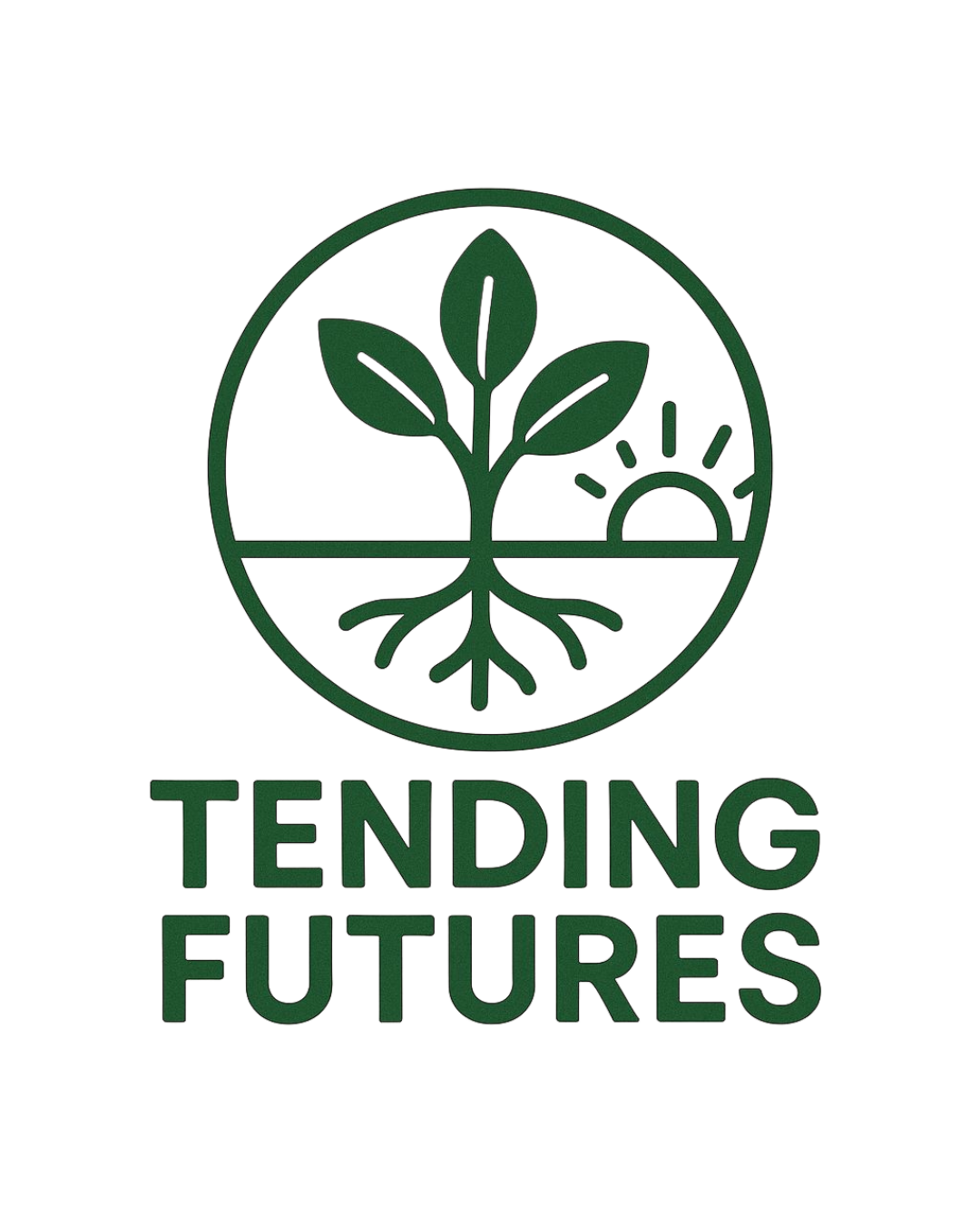Protecting Our People: The Responsibility of Organizers in Movement Spaces During COVID
In movement spaces, our highest calling is care: radical, deliberate and collective. And yet, as we gather in resistance, celebration or education, we can’t forget that THE PANDEMIC IS NOT OVER.
COVID-19 continues to devastate our communities, especially Black and Indigenous ones, and the duty to keep one another safe must remain central to our organizing principles.
The Weight of Disproportionate Impact
From the earliest days of the pandemic, Black and Indigenous communities bore the brunt of COVID-19’s deadly reach. Systemic racism, environmental injustice and healthcare disparities meant that our people were more likely to be exposed, more likely to die and less likely to receive the care they needed.
That hasn’t changed. Our elders, disabled kin and chronically ill loved ones are still at risk every time we gather without safety measures. If we are building liberatory spaces, they must be safe for those most vulnerable.
The Bare Minimum: Masking and More
Organizers must acknowledge that protecting community is not optional, it is foundational. Masking in indoor or crowded spaces is a baseline act of solidarity, not an inconvenience. It's a sign that we understand the stakes and are willing to act accordingly.
But masks are only the beginning. Organizers and community leaders must:
Provide high-quality masks (KN95/N95) at events
Ensure access to air filtration and ventilation, especially for indoor gatherings
Offer virtual participation options whenever possible
Use CO2 monitors to assess air quality
Clearly communicate COVID safety expectations in all outreach materials
Encourage people to stay home when sick and make that a respected, supported choice
Create accessibility policies with immunocompromised and disabled folks in mind
These practices are not complicated. They are not extreme. They are tools we already have. What’s needed is the political will to center them.
The Responsibility of Leadership
Organizers and community leaders do not get to divest from this responsibility. If you claim that title, whether formally or informally, you are accountable for the space you create. You are responsible for ensuring it is not just inclusive but truly safe. And if that commitment to care feels like too much to carry, it is worth asking: Is this the role you should be in right now?
Because leadership, real leadership, is not about being at the front of the march or holding the mic. It is about holding the line. It is about shielding our people from harm. Not just the harm of the state but the harm we may cause each other when we abandon care in favor of convenience or optics.
A Return to Our Values
Black and Indigenous traditions have long modeled care-based leadership. Our ancestors understood communal responsibility, understood that well-being was never an individual pursuit. Returning to this requires new norms rooted in love, in protection, in honoring the lives we claim to fight for.
If our movements are not safe for our elders, for disabled kin, for the most immunocompromised among us, then they are not movements for liberation. They are spaces of exclusion disguised as progress.
And that is unacceptable.
So we ask: If you’re not willing to protect our people, can you truly call yourself a leader?
Because leadership is not about being seen. It’s about seeing us ALL and making sure we make it home.
